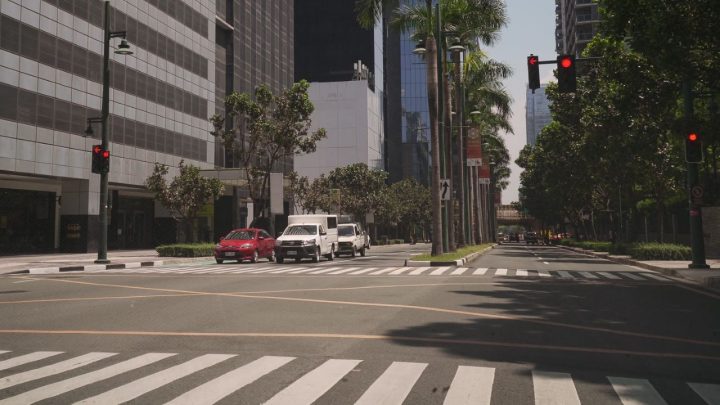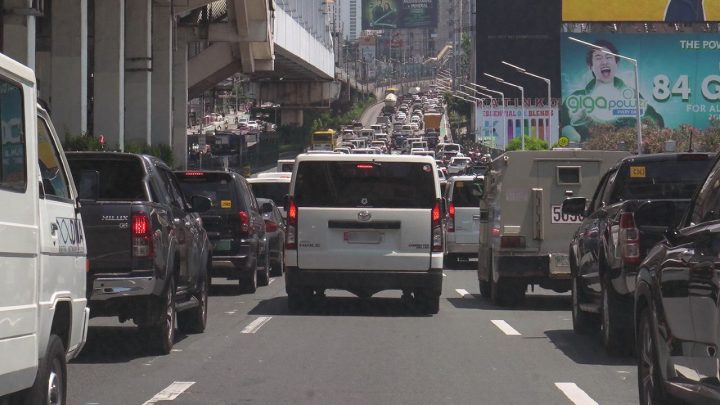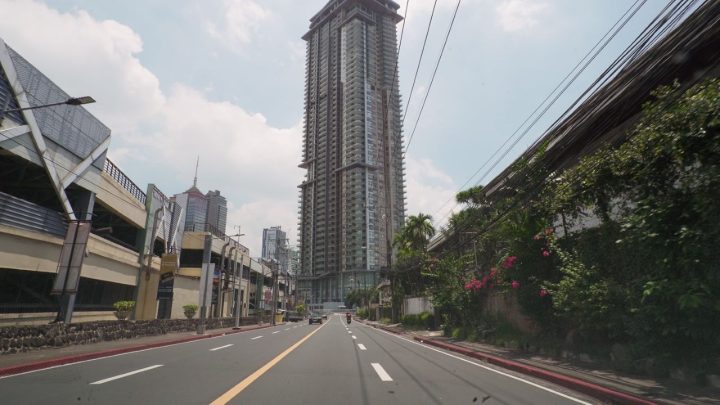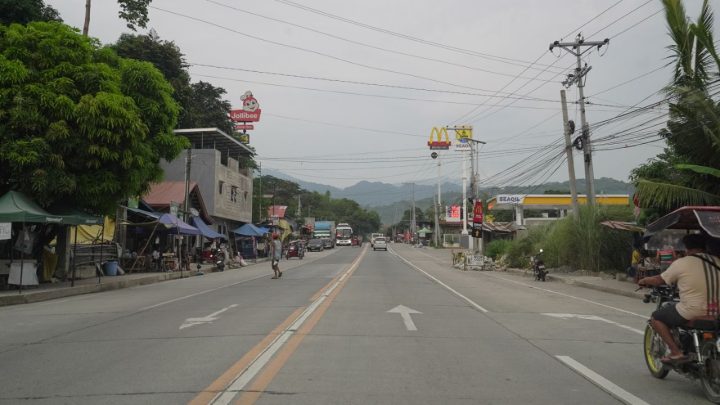
If there’s one thing that many motorists seem to either 1) have no clue about or 2) simply choose to ignore, it’s road markings. Those lines on the road have important meanings and are – should be – a heavy part of considering whether an individual is fit to be given a driver’s license in the first place. Here you’ll find examples of such lines that we commonly see on the road and what they mean, so you don’t have to be a kamote who breaks actual rules and laws on the road.
Road markings and what they mean to drivers, motorists, and pedestrians
Table of Contents
Given, there are many more sorts of lines and road markings that you will see once you go about your merry way and hit the roads, but what we have here are the most basic but no less important ones; ones that you simply need to know so you are not caught redhanded driving like a reckless drunk (even if you’re not). Without further ado, let’s get to it.
Yellow Box

The Yellow Box road marking is found bordering all roads of an intersection. Normally a yellow square outline with a yellow “X” in the middle, this area is a no-blocking zone. This means that vehicles must not encroach into or stop anywhere within its boundaries, lest it’s a case of obstruction.
“What if the light turns red when I’m in the middle of crossing the Yellow Box but I’m unable to do so?”, you ask. That means one thing: learn to anticipate. If you think you’ll end up blocking the Yellow Box then do not drive and move forward into it. Undoubtedly motorists behind will blow their horns at you, but waiting for an open road ahead before moving and crossing is the right thing to do.
Pedestrian Lane

Wide white lines that span the width of the road right before the Yellow Box road marking are meant to be the Pedestrian Lane. It’s on and within these lines and road markings that pedestrians must cross to get from one side of the road to another, and by no means are vehicles to stop on and block these road markings. This is the safest place meant for pedestrians to use – assuming that responsible motorists stop before rolling onto it – so please be mindful of this road marking.
It is a pedestrian’s privilege and “right” to use the pedestrian lane especially if crossing the street already has a green light so don’t be that guy or girl who leaves them no space.
Broken White Lines

There are two instances when broken white lines may appear on a road, so here’s what you need to know about these specific road markings.
First, it may appear in the middle of a two-way road. In this instance, it’s meant to show the boundary of the lanes in either direction. Second, these road markings may appear on a road where all vehicles are going in the same direction, and in this case, the road markings indicate the lane that you should stay on while also signifying that changing lanes or overtaking (when safe) is allowed.
That said, overtaking is also allowed in the first instance mentioned above, but as always, do so with proper care.
Solid White Lines

Solid white lines are road markings that may appear in three instances.
The first is near the edge of an intersection, before the Pedestrian Lane. That means that you must stop your car before these road markings when you see it. The second is along the road that you are traversing, where all vehicles are driving in the same direction. Third, it may appear in the middle of the road signifying the border between one road going in one direction and the other that goes in the opposite direction.
In the second and third cases, you may technically overtake but only if the lane alongside or in front (coming from the opposite/opposing lane) is all clear. Changing lanes between solid white lines is likewise permitted, given the same condition that the lane alongside you or the lane you are moving into is clear. Is it legal to do this, yes, but it is discouraged until such time the line breaks. Always change lanes or overtake with care when you see these road markings.
Solid Yellow Line

The solid Yellow Line is a road marking that is seen marking the boundary of the leftmost lane on either side of the road where there is two-way traffic. This road marking means that overtaking by cars on the left lane on either side is not allowed. There isn’t much else to describe or define this road marking other than you cannot drive over and past it, and that it is a reminded to not overtake, lest you drive into the direction of opposing traffic.
Solid White AND Yellow Lines

This road marking is commonly seen along highways (not expressways). On the same principle as when white or yellow lines are seen on their own, they 1) show the edge of the leftmost lane in either direction and 2) mean that overtaking by moving over, beyond, and back into the solid yellow and white lines is prohibited.
The combination of a solid white and two solid yellow road marking that appear on either side should be paid attention to as crossing it is illegal and very dangerous. Under no circumstances are counterflowing or overtaking past these lines allowed.
Blue “Lane” Lines

Here’s a bonus: the blue lanes/lines. Blue lines are road markings used to demarcate exclusive motorcycle lanes in which no vehicle with 4 wheels or more is to drive within. Likewise, motorcyclists are only permitted to drive along and within these blue lanes whenever and wherever they are present on the road.
For motorcycles, not following this rule entails apprehension and a fine, and it goes the same with 4-wheelers and above who choose to neglect this particular road marking.
–
As we said, these are the most common types of road marking you would see on our roads and the most basic definitions and rules that abound them. There are a lot more out there, but we deem these to be the “foundation” of proper driving, which is sticking to your lane and not blocking the road for those on the other lanes.
If you find yourself being pulled over by enforcers of the MMDA or LTO or LGUs for road marking or line/lane violations, perhaps you need to familiarize yourself with the basics first. It cannot be stressed enough that these are basic concepts that any duly licensed motorist must know, and if you don’t, well, we hope you take the time to educate yourself to be a good and law-abiding driver.
This is only the start, more things make up the basic knowledge that any driver and motorist must have, so stay tuned for more of our Driver Education pieces on YugaAuto, where we seek to help make better, more responsible drivers on Philippine roads.


